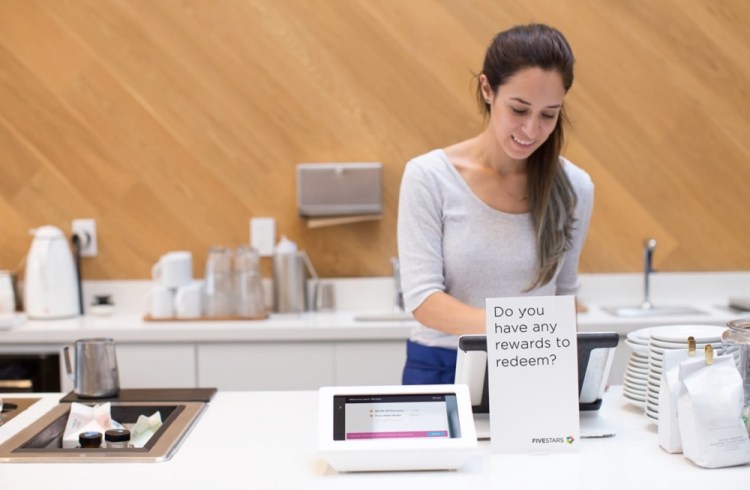The year 2016 was pretty messy by all accounts — just look at what John Oliver has to say about it. Between Harambe, Brexit, Bowie, the American election, a Syrian refugee crisis, shootings, and, of course, the New York Jets missing the playoffs, it’s safe to say that many of us are looking forward to 2017.
But against the backdrop of all of these 2016 crises, the world of customer service has been quietly growing. We are living in what research firm Forrester has dubbed “The Age of the Customer,” and this multibillion dollar industry has experienced a seismic shift. Where customer service once meant call centers in the Philippines, now it means chat, real-time responses, customer feedback, and dynamic FAQs. Forrester predicts that “revenue risk” will be high for “companies that don’t optimize the customer experience.” So high, in fact, that companies who don’t put resources behind customer care “will find themselves without customers.”
Businesses are currently losing $62 billion through poor customer service (an increase of $20 billion in just three years). This is not because customer service has gotten worse; it’s because customers have higher expectations. As someone who has firsthand witnessed this rapidly evolving industry for the past half-decade, I decided to weigh in on where I think customer service will go next.
1. Messaging will be the preferred channel
Mobile World Live reported that the mobile enterprise apps market will hit $73 billion in 2016 and practically double to a mind-blowing $128 billion by 2022. Consumers live on their phones, and their preferred form of communication is mobile. There are 4 billion global active users of messaging apps, and the top 5 apps in the world in terms of frequency of use are all messaging apps.
In 2017, companies will no longer be able to afford to not offer messaging. Customers who are accustomed to real-time mobile interactions will leave any company that cannot live up to this standard. Forrester predicts that revenue risk will increase up to 50 percent as customers become more and more fickle.
2. Response times will have to be real time
What was once considered millennial entitlement has now become a universal expectation. When something goes wrong, customers are no longer content to wait even a few hours for a response. Mobile pioneers like Uber have acted upon this reality, offering close to real-time responses and automated in-app support. This next year will solidify our increasingly high expectations for speed. Customers will not support businesses that do not respond to them in close to real time.
3. Companies will use bots for automation
It was not uncommon to hear 2016 referred to as the year of the bot. Microsoft CEO Satya Nadella famously said in March that “bots are the new apps,” and all of the big players (such as Facebook, Microsoft, and Slack) have entered the fray. Bots will be of particular importance to customer service. They will automate processes like ordering, simple requests, and directing an inquiry to the correct type of agent.
4. Machine learning and AI-based customer service will underwhelm
Despite the bot hype of 2016, in 2017 most bots will be simple rules-based ones. Westworld is a great show, but we’re nowhere near that level of AI, especially not for proliferated industries like customer service.
Instead of the eerily human-like robot communication that we have been imagining, bots will be mainly used for following rules-based algorithms. They will streamline and augment customer service flows, but will not replace humans anytime soon. That said, although they’re in their infancy, AI and bots will become absolutely essential components of customer service eventually, and those who do not adapt and prepare for AI will become laggards.
5. The best marketing strategy will be customer care
Marketing has become less and less about what a company says about themselves and more about what the customer says. Between Yelp, app store reviews, and social media, your customers have a far louder voice than you do. According to the White House Office of Consumer Affairs, news of bad customer service reaches twice as many people as news of good customer service.
Because of that, marketing and customer care will merge in 2017. Brand image will be highly connected to customer satisfaction, and eventually the two will become indistinguishable.
6. ‘Segment of one’ marketing strategies
Marketing will be highly personalized because of the 1:1 nature of customer service. What had been impossible in the age of email marketing is now not only possible, but necessary in the age of messaging.
It is 6 to 7 times more expensive to acquire a new user than to keep an existing one. Companies will emphasize retention through highly personalized and rapid, real-time communication. Marketing will not just be focused on increasing brand audience, but on keeping existing customers. The year 2017 will bring us the much sought-after “segment of one” marketing.
Consumers are pushing companies to a point where a lack of focus on customer support means financial death. Proactive messaging-based communication and autonomous support features will help businesses please customers — and create a palpable competitive advantage in 2017.
VentureBeat's mission is to be a digital town square for technical decision-makers to gain knowledge about transformative enterprise technology and transact. Learn More

